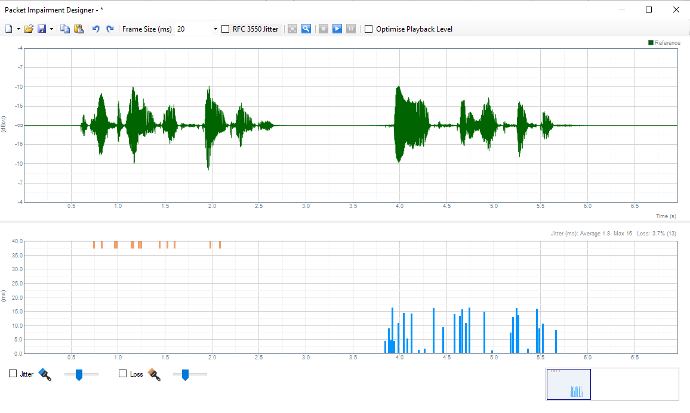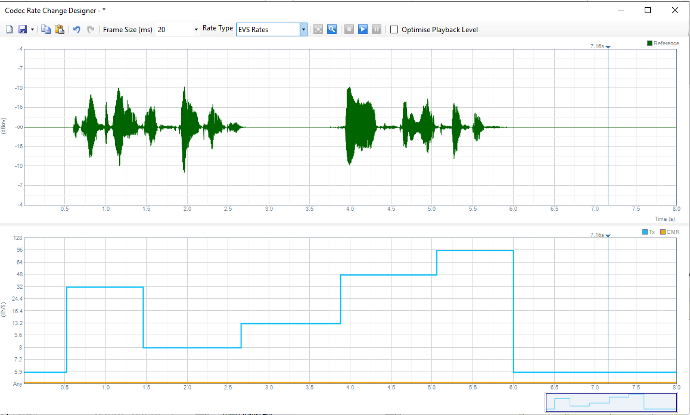VPP stands for Vox Port Packet. It is a SIP software agent that hooks to your SBC and replaces a hardware device.
What does VPP mean and how does it interact with MultiDSLA interfaces?
VPP is seen in MultiDSLA interfaces as a node and can be managed exactly as a DSLA hardware agent:
Automation of call starts, ends, send some sound files (hopefully the standard POLQA files with the language of your choice), answer a call, record degraded file, play some sounds, send DTMF tones etc...
You have to see it as a SIP softphone you can automate.
The beauty of VPP is because it is a VoIP client, we also offer some IP metrics such as jitter and packet loss.

What is the difference between VPP and VPP+?
Opale offers 2 versions of VPP called VPP and VPP+.
While VPP is more oriented towards end-user testing with support for enterprise codecs and fixed data rates, VPP+ is perfect for use in the IMS core network.
VPP+ will offer additional feature such as embedded IP impairement possibility. In a lab environment the network will be perfect. Now if you want to understand what is the impact of additional jitter or packet loss to the communication you measure , VPP+ will allow to add some. That means you will be able to simulate a communication between Japan and Australia right form you lab.
Can VPP+ impact the AMR bit rate?
On LTE VPP+ allows AMR bit rate changes. On VoNR, VPP+ includes EVS interoperability with AMR and Dynamic bit rate changes.
This done by automating the change of bit rate or codec while the communication is established in the case of interoperability between EVS and AMR codecs.

Contact Opale Systems or your distributor for more information.